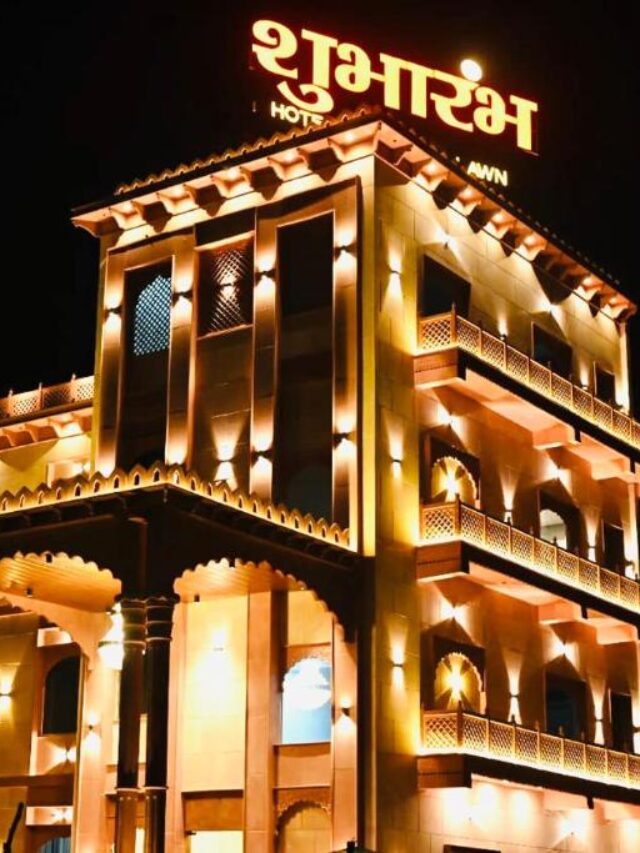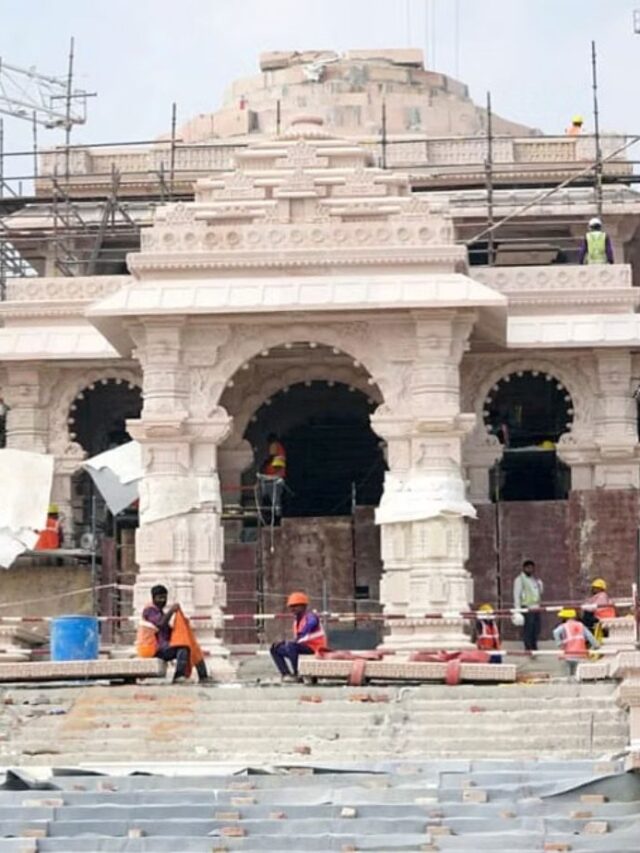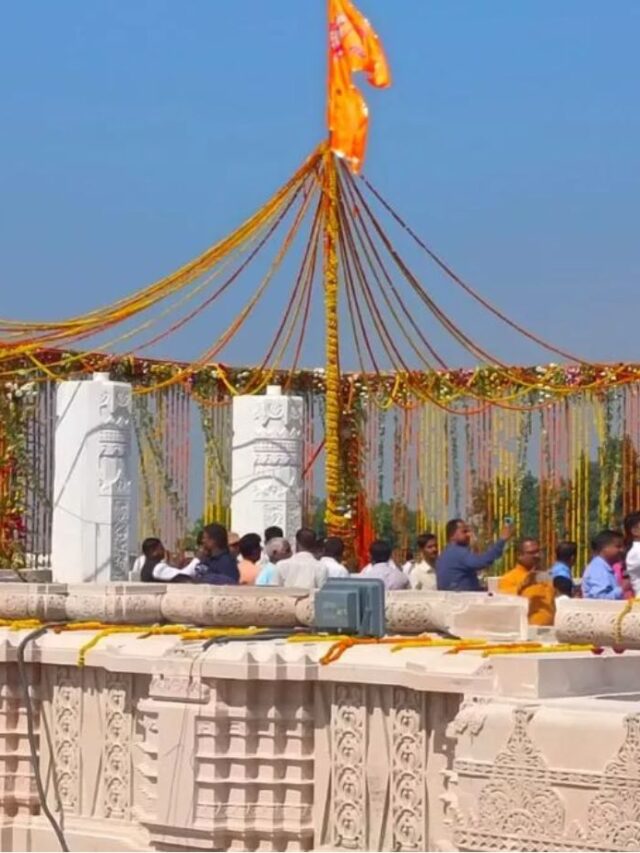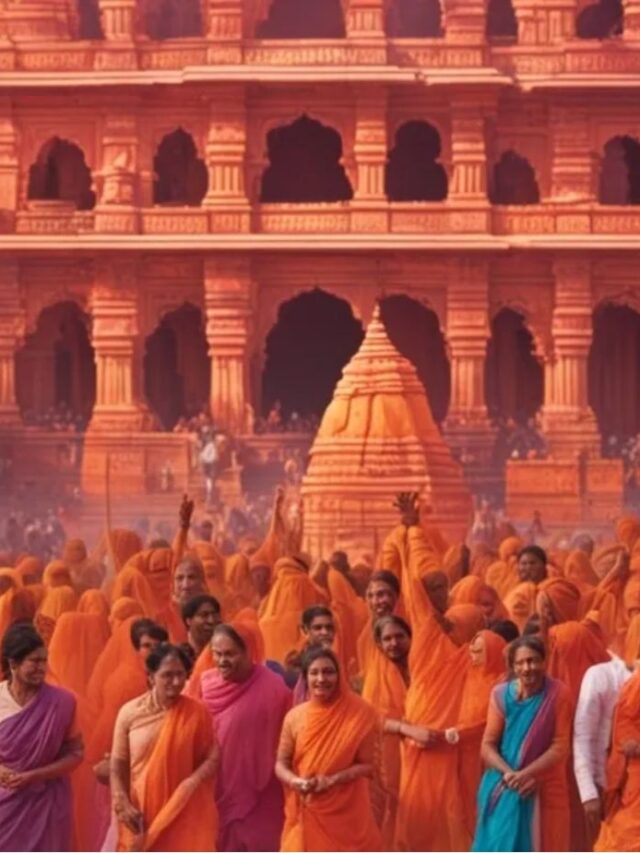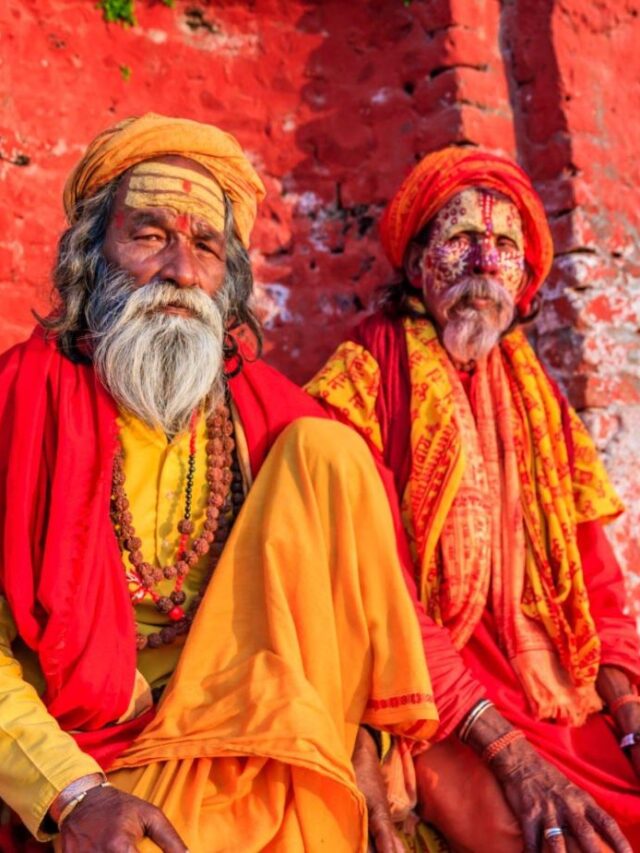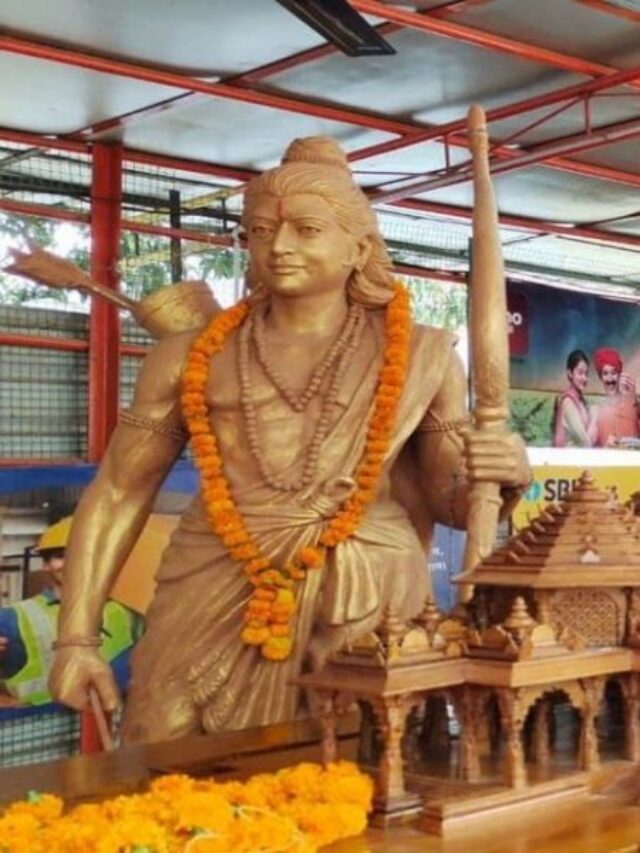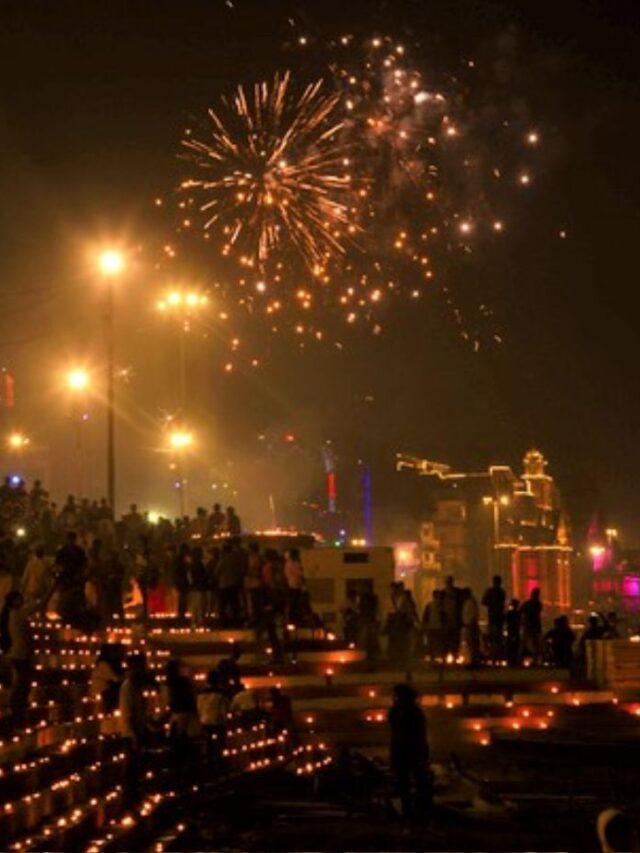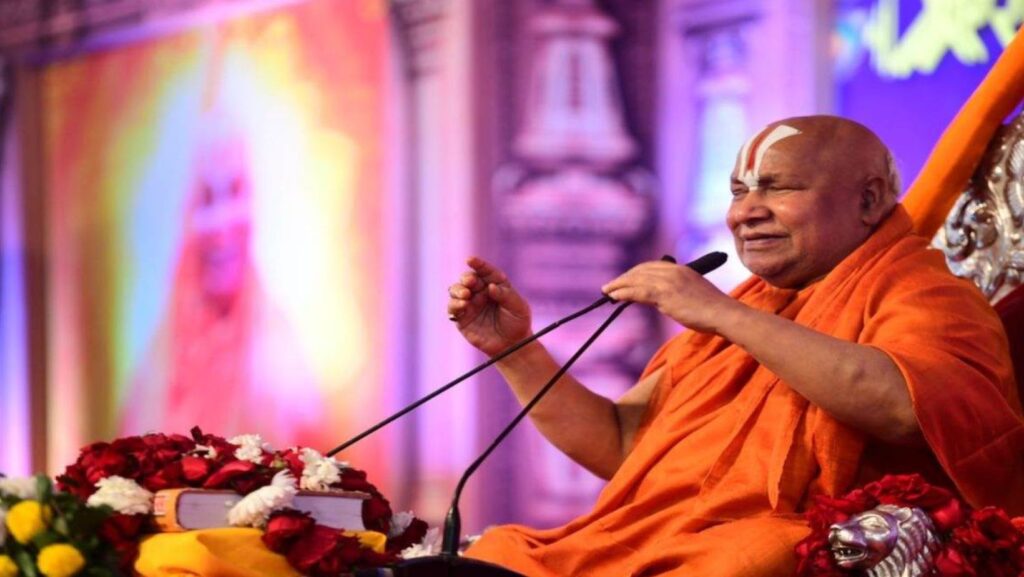In an era marked by unprecedented connectivity and digital discourse, the construction of the Ram Mandir in Ayodhya stands as a monumental cultural and religious milestone in India. This essay delves into the intricate web of social media’s influence, dissecting its pivotal role in disseminating information and fostering awareness about this historic endeavor. As the Ram Mandir project unfolds, social media platforms have emerged as dynamic tools, facilitating not only the spread of facts but also the nurturing of diverse perspectives, contributing significantly to this contemporary narrative of faith, history, and unity.
A Historical Perspective
To unravel the profound historical importance of the Ram Mandir in Ayodhya, one must embark on a journey through the annals of time. The contention surrounding the hallowed ground upon which the temple now resides spans countless generations, ultimately culminating in an extended legal strife that reached its zenith with the landmark ruling by the Supreme Court in 2019. This decisive judgment opened the doors to the realization of a cherished dream held by millions of Hindus across India and across the globe.
Social Media as an Information Hub
Among the myriad digital avenues of our interconnected world, Facebook, Twitter, Instagram, and YouTube stand as the foremost conduits of information for countless individuals across the globe. These platforms seamlessly deliver a constant stream of breaking news, unfolding events, and dynamic dialogues, thus wielding influential instruments for propagating knowledge. When examining the Ram Mandir construction, social media emerges as a cornerstone in furnishing instantaneous progress reports, disseminating profound historical insights, and fostering interactive discourse concerning the endeavor.

- Real-Time Updates: Leveraging the power of social media, organizations, individuals, and news sources can offer instant updates on the ongoing development of the Ram Mandir, granting users the opportunity to follow each facet of the construction journey through photos, videos, and live broadcasts, thereby amplifying the sense of expectation and enthusiasm encompassing the project.
- Historical Context: Social media also serves as a repository of historical information related to the Ayodhya dispute and the Ram Mandir. Users can find articles, documentaries, and images that provide context and background information, which is vital in understanding the cultural and religious significance of the temple.
- Engagement and Discussion: Platforms like Twitter and Facebook have facilitated discussions on the Ram Mandir issue. Participants are encouraged to partake in discussions, articulate their viewpoints, and acquire insights from fellow members, nurturing a communal bond among those dedicated to the temple’s development.
Amplifying Awareness
The unparalleled influence of social media emerges from its capacity to magnify global consciousness. The construction of the Ram Mandir in Ayodhya has not only captured the gaze of the nation but also resonated around the globe. Several factors have contributed to the widespread awareness:
- Viral Content: Viral posts and videos related to the Ram Mandir have reached millions of people. Memes, photos, and emotional stories have all gone viral, further fueling interest and support for the temple.
- Influential Voices: Influential figures, including politicians, spiritual leaders, and celebrities, have used their social media presence to promote the construction of the Ram Mandir. Their endorsements have a significant impact on their followers, helping to raise awareness.
- Global Indian Diaspora: The Indian diaspora, dispersed throughout the globe, has leveraged social media to maintain their ties with their cultural origins and stay updated on temple construction, fostering a profound sense of solidarity and shared mission within the Indian community.
Also read – The Religious and Cultural Significance of Ram Mandir
Challenges and Controversies
While social media has played a pivotal role in spreading awareness and information about the Ram Mandir Ayodhya construction, it has not been without challenges and controversies:
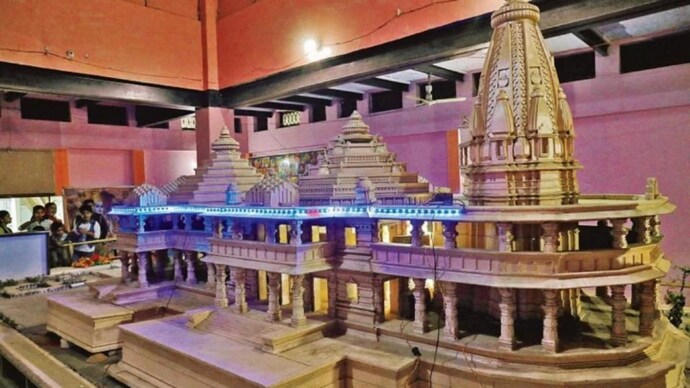
- Disinformation: The open nature of social media means that false information and conspiracy theories can spread rapidly. Some individuals and groups have used these platforms to propagate divisive and misleading content, which can be detrimental to the cause.
- Polarization: The Ram Mandir issue has been a deeply polarizing topic, and social media has sometimes exacerbated this divide. Online discussions can turn into heated arguments, and respectful dialogue is often replaced by confrontational rhetoric.
- Legal and Ethical Issues: Social media platforms find themselves wrestling with the challenging task of overseeing content pertaining to the construction of the temple. Choices regarding content permission and removal have sparked inquiries about the boundaries of free expression and the influence these platforms wield in molding public sentiment.
Also read – Jaipur news:Prime Minister Narendra Modi will inaugurate the grand Ram temple
Also read – Ayodhya’s Role in Hindu Mythology: Unraveling the Connection Between Ayodhya and Lord Ram’s Epic Tale
Conclusion
In the modern age, social media serves as a powerful tool for disseminating information and fostering awareness about significant events, such as the construction of the Ram Mandir in Ayodhya. It has facilitated open dialogue, connecting people from diverse backgrounds, and fostering cultural exchange. Through the collective power of social media, the world witnesses the historic progress of the temple construction. However, it is essential to approach this digital sphere responsibly, ensuring that discussions remain respectful and educational, as we navigate the intersection of tradition, religion, and technology.
Also read – The Best Time to Visit Chardham

